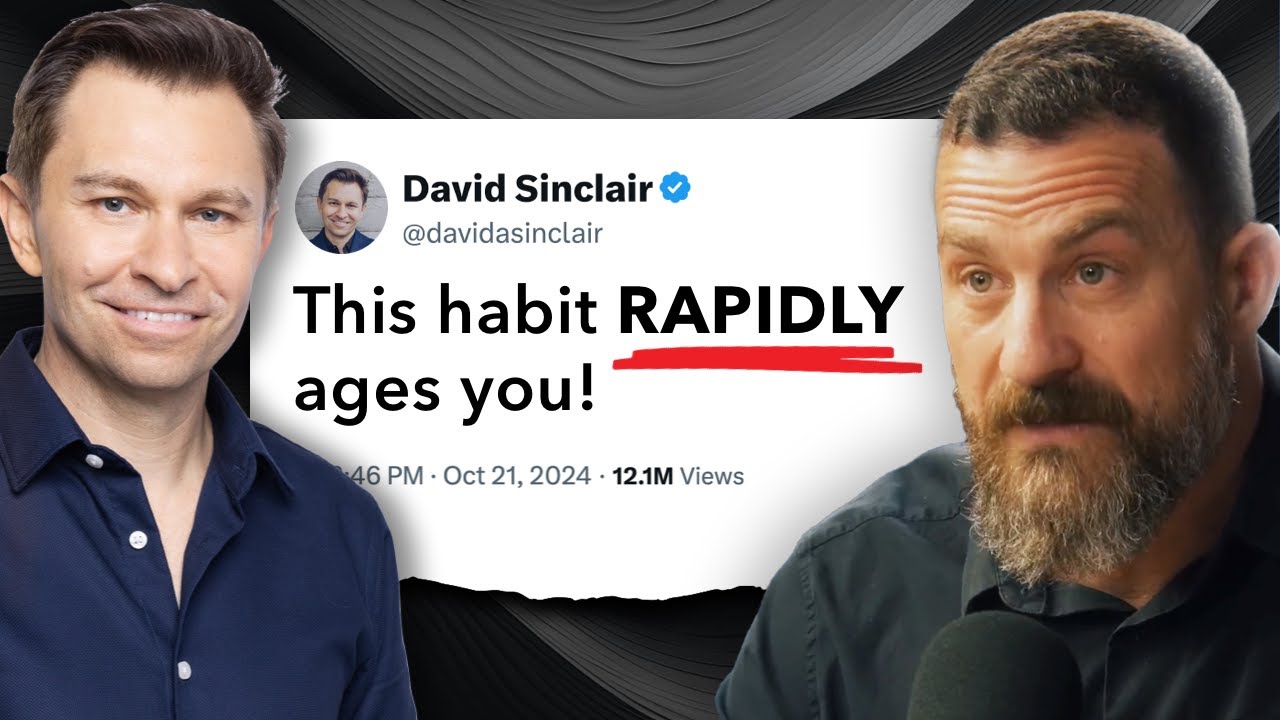In recent decades, men’s testosterone levels have taken a dramatic nosedive—dropping over 50% compared to previous generations. This concerning trend isn’t just about testosterone; it’s part of a broader health crisis involving reduced fertility, sperm quality, and hormonal balance.
As a clinical nutritionist and chef with over 20 years of experience optimizing men’s health, I’m here to break down the warning signs of low testosterone, the surprising root causes behind it, and the practical steps you can take—starting with your plate.

What Is Low Testosterone?
Testosterone is the primary male sex hormone, responsible not just for libido and reproductive health, but also for muscle growth, bone density, fat distribution, energy, and mental clarity. When testosterone levels drop below normal—usually under 300 ng/dL—it can significantly affect your quality of life.
6 Warning Signs You May Have Low Testosterone
1. Excess Breast Tissue (Gynecomastia)
One of the earliest and most noticeable signs is the development of fatty or glandular breast tissue. This occurs when testosterone drops and estrogen ratios climb, leading to a feminizing hormonal shift. Poor liver detoxification and xenoestrogen exposure can accelerate this process.

2. Shrinking Testicles (Hypogonadism)
Reduced testicular size often correlates with declining sperm production and testosterone synthesis. This condition, called hypogonadism, signals a deeper hormonal disruption and reduced reproductive health.
3. Muscle Loss and Reduced Strength
If you’re struggling to gain or maintain muscle despite training, low testosterone may be to blame. Testosterone plays a central role in protein synthesis and muscle repair, both crucial for lean mass retention.
4. Decreased Semen Volume
Testosterone influences semen production, not just sperm count. A noticeable reduction in ejaculate volume may indicate hormonal imbalance, and should be taken seriously, especially if accompanied by fertility issues.

5. Loss of Body Hair
Men experiencing low testosterone may notice thinning hair on the chest, legs, arms, and face. In some cases, hair on the scalp may also thin, and the skin becomes noticeably softer and shinier due to diminished androgen activity.
6. Increased Belly Fat and Metabolic Dysfunction
Low testosterone is tightly linked to insulin resistance, leading to fat accumulation—especially visceral (belly) fat. Hormonal imbalances contribute to a cycle of weight gain, reduced energy, and poor metabolic health.

What’s Causing This Decline? Hidden Hormone Disruptors
While diet and exercise are commonly addressed, the less obvious causes of low testosterone are often overlooked—and they’re everywhere in modern life.
💀 Endocrine Disruptors
Pesticides, herbicides, plastic residues (like phthalates and BPA), and “forever chemicals” found in municipal water supplies mimic estrogen in the body and disrupt testosterone production. These compounds are stored in fat tissues and accumulate over time.
Solution Tip: Use a high-quality water filter (look for one certified to remove PFAS), avoid heating food in plastic containers, and choose organic produce when possible.

😴 Poor Sleep and Chronic Stress
Sleep deprivation—even getting less than 7 hours per night—triggers elevated cortisol levels. Cortisol, the body’s stress hormone, directly suppresses testosterone production and can lead to adrenal burnout over time.
Nutrition Tip: A magnesium-rich dinner (e.g., quinoa with spinach and grilled salmon) helps improve deep sleep and naturally supports hormonal recovery.
📱 Electromagnetic Radiation Exposure
Carrying your smartphone in your pocket or using wireless devices excessively may expose reproductive organs to electromagnetic fields (EMFs), which some research links to impaired sperm function and hormonal imbalance.
Actionable Tip: Use speakerphone, avoid storing phones near your groin, and reduce EMF exposure while sleeping.
🥤 High Intake of Soy and Phytoestrogens
Excessive consumption of soy-based products (soy milk, soy protein isolate, vegetarian meat alternatives) can elevate phytoestrogens, plant compounds that mimic estrogen. In rare cases, this has been linked to breast development and lactation in men.
Food Swap Tip: Choose protein sources like grass-fed beef, pasture-raised eggs, or pea protein blends instead of heavily processed soy.
🧬 Micronutrient Deficiencies – Zinc, Magnesium, Vitamin D
- Zinc is essential for testosterone synthesis. Without enough zinc, the body can’t effectively convert cholesterol into testosterone.
- Magnesium works synergistically with zinc and aids in enzymatic hormone production.
- Vitamin D acts like a hormone itself and directly supports testosterone levels and insulin sensitivity.
The Testosterone-Boosting Blueprint: Science-Backed Solutions
1. Optimize Zinc Intake
Aim for 30–50 mg of zinc per day through food or supplementation. Natural food sources include oysters, red meat, liver, pumpkin seeds, and shellfish. Avoid over-supplementing without balancing copper, as excess zinc can deplete it.
2. Choose the Right Magnesium
Magnesium glycinate is highly bioavailable and less likely to cause digestive upset. Men may benefit from 400–800 mg daily, especially if experiencing sleep issues, muscle cramps, or chronic stress.

3. Rebuild Vitamin D Stores
Most people need far more than the standard RDA. A daily dose of 5,000–10,000 IU of vitamin D3, ideally taken with a fat-containing meal, can significantly support testosterone production—especially in the winter or if you avoid sun exposure.
4. Train Smart
Engage in resistance training, compound movements, and short bursts of high-intensity interval training (HIIT). Lifting weights triggers testosterone release—especially when paired with adequate rest and recovery.
5. Minimize Exposure to Toxins
Invest in a water filtration system certified to remove heavy metals, fluoride, and PFAS. Avoid storing food in plastic or using non-stick cookware with questionable coatings.
6. Consider Gut Health Support: L. reuteri
Emerging research on Lactobacillus reuteri (a beneficial probiotic strain) suggests it may promote testicular growth and boost testosterone production—at least in animal models. Anecdotal reports also show improvements in sleep, mood, and sexual health.
Expert Tip: You can culture L. reuteri at home in a yogurt-like form using raw milk and specific starter cultures. Consume about ½ cup per day for best results.
Meal Ideas to Support Testosterone Naturally

Try incorporating these meals regularly into your routine:
- Breakfast: Scrambled pasture-raised eggs with avocado, sautéed spinach, and sweet potato hash.
- Lunch: Grilled wild salmon salad with olive oil, pumpkin seeds, and mixed greens.
- Dinner: Grass-fed beef stir-fry with broccoli, bell peppers, ginger, and tamari sauce over quinoa.
- Snack: Greek yogurt with chia seeds, berries, and a drizzle of raw honey (if tolerated).
Low testosterone doesn’t just affect sexual health—it influences your energy, muscle mass, emotional well-being, and long-term vitality. The great News? You have more control than you think. By addressing nutritional gaps, removing hormone disruptors, and supporting your body’s natural systems, you can restore optimal hormone levels naturally.
If you’re concerned about hormonal imbalance, fertility, or chronic fatigue, it may be time to dive deeper into your nutrition and lifestyle.
Ready to take control of your hormones naturally?
Explore more of my articles on men’s health, or reach out for a personalized nutrition strategy to rebalance your system from the inside out.



